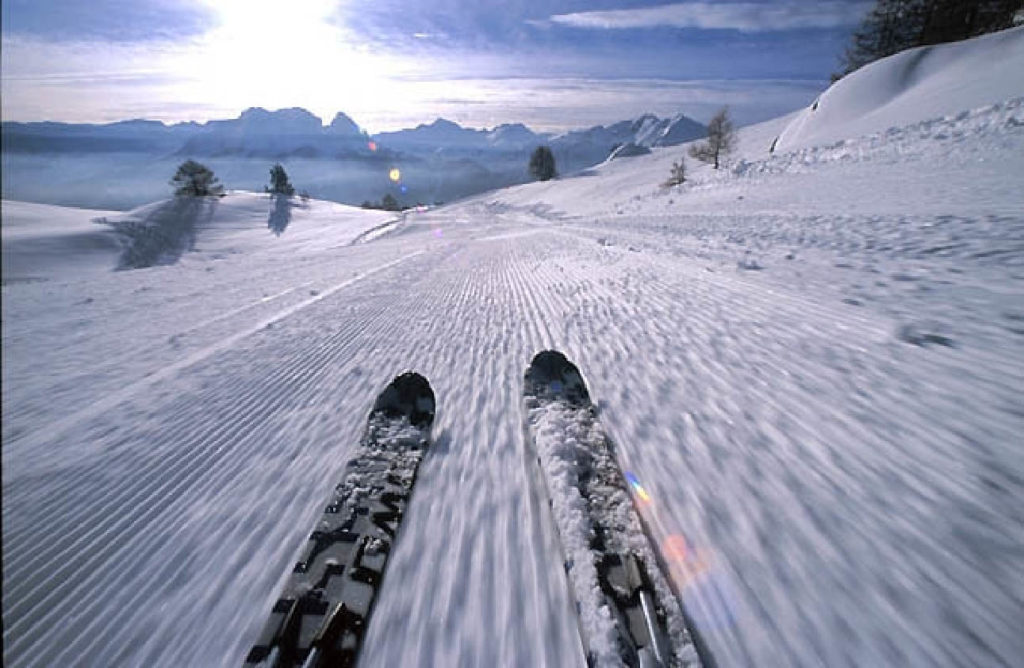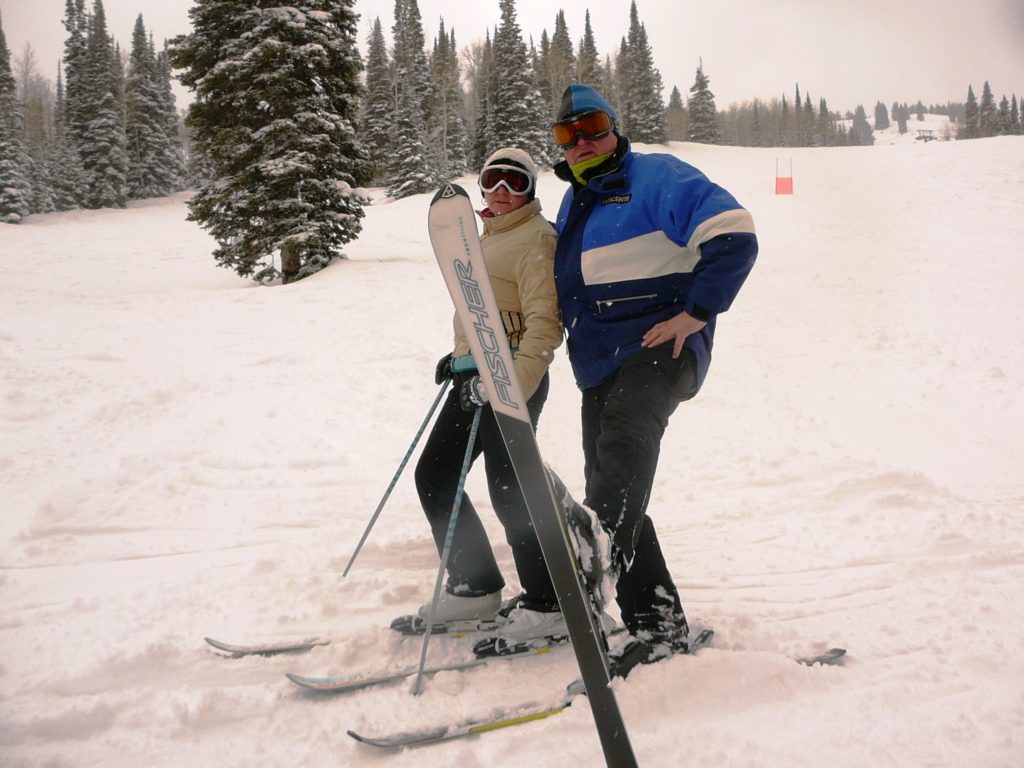I was born in the mountains, I grew up and my heart stayed there. They have healing powers …
Call me crazy or cliche or what ever..but there is no denying it. Maybe it’s that dose of fresh mountain air, the exercise or the litres of water I drink when I’m hiking, but I swear to you that after a visit to the mountains I feel enormously better. It’s as if there is an energy source in those summits that you can tap into and feed off of. Getting out there literally fuels you and rebalances you; you will notably feel more calm and happy, and less irritable or anxious. There was never a time that I left the mountains without feeling refreshed, happy and inspired – ready to take on anything that came my way.
The mountains are good for the soul
I have never in my life claimed to be an adventurer or outdoors lover – until I started hiking in the mountains. With the lovely, lush green forests and foothills, the tantalizing teal lakes hidden away like a secret prize waiting to be found, and those stunning sky-high jagged peaks, it was love at first sight. But more than that, hiking in the mountains became an immediate passion because of the way it made me feel. I was able to just be the real me and connect with the version of myself that felt the most authentic and true.
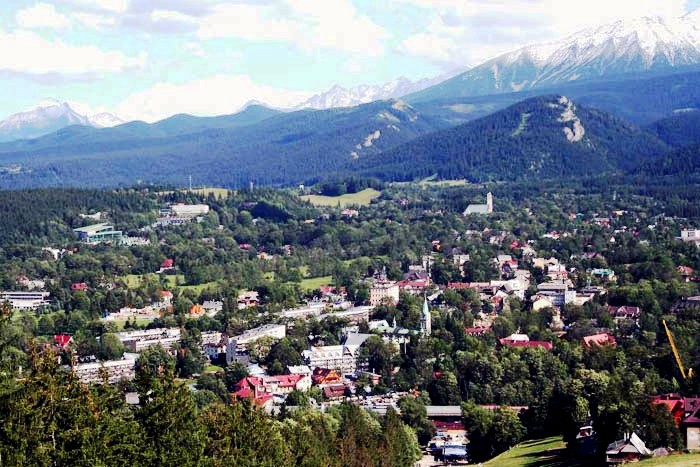
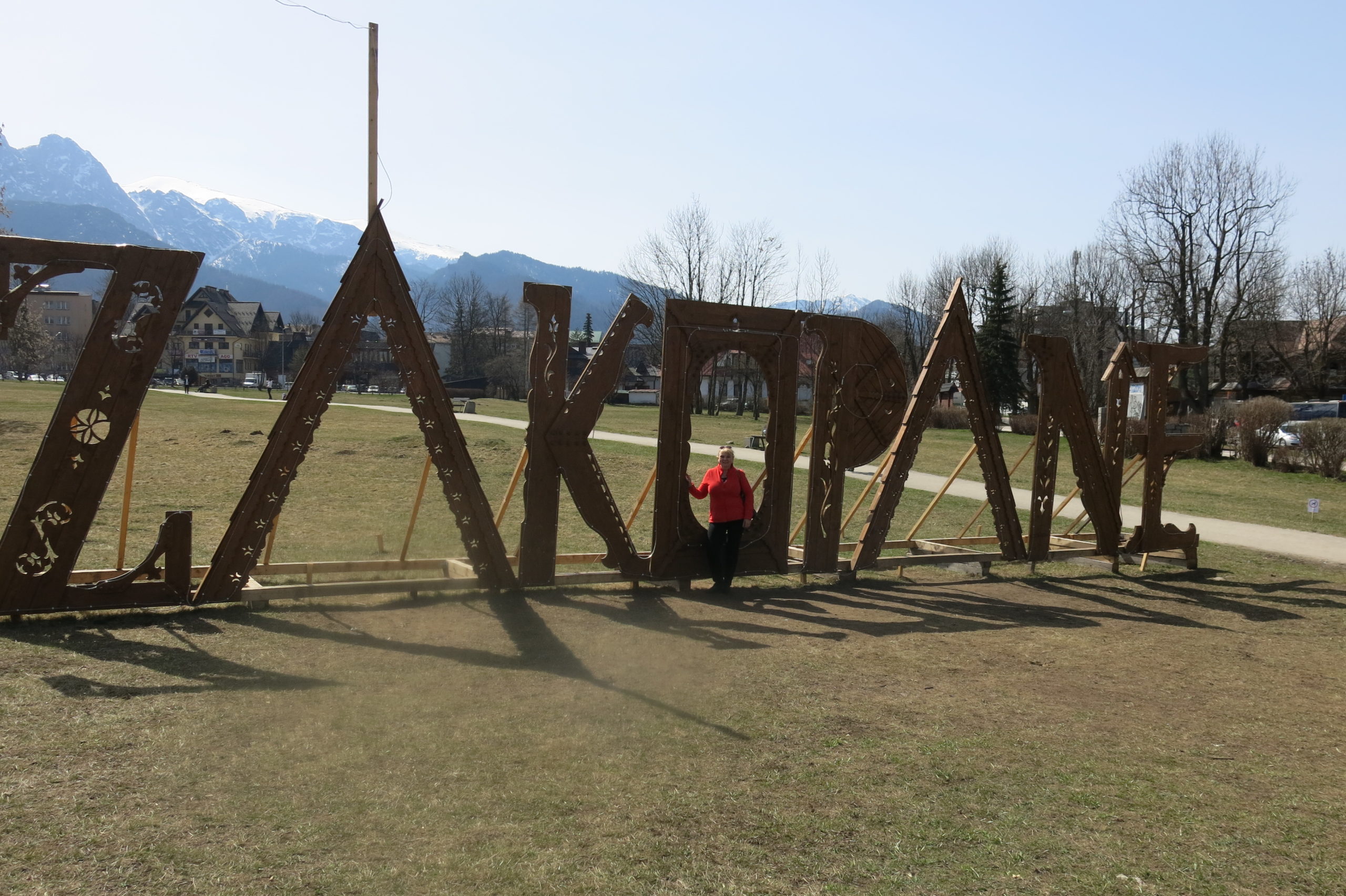
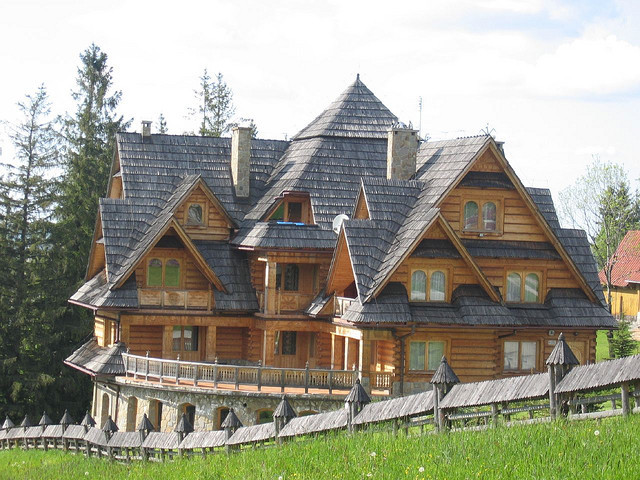
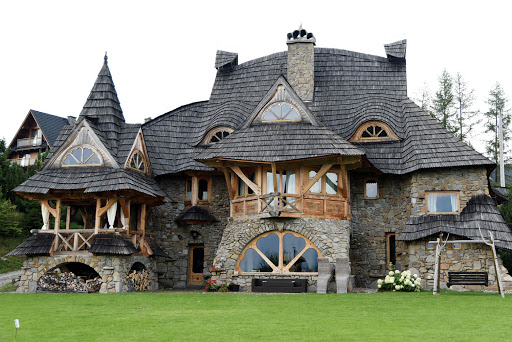
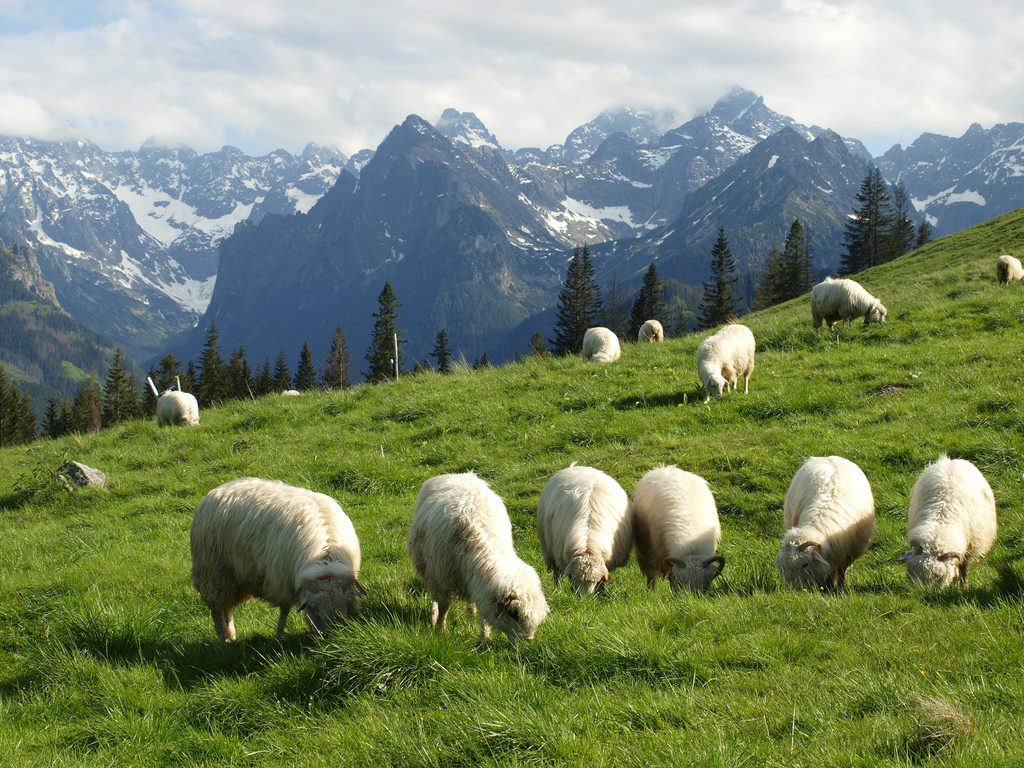
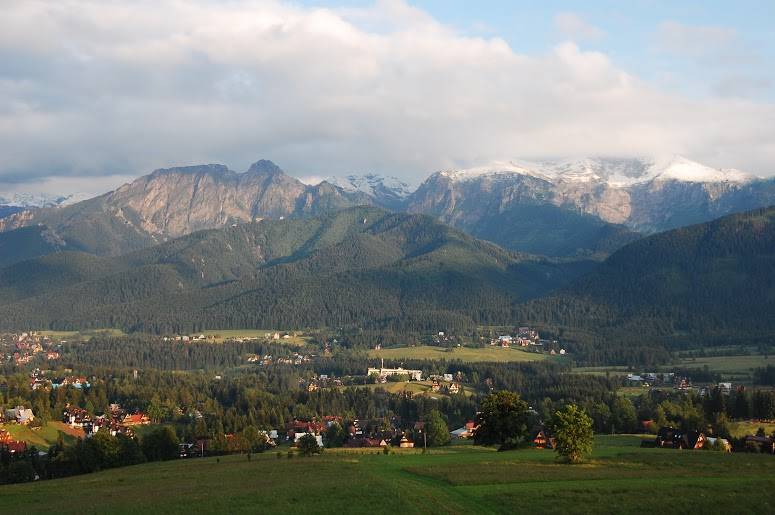
Zakopane is beautiful small town in the border with Slovakia, situated in the south Poland, at the bottom of Tatra Mountain. Winter is there amazingly white and cold but nice.
Zakopane is the third place most popular place in all of Poland. Every year more and more people visit this charming place during the summer and winter holidays. Zakopane has excellent conditions for Alpine skiing, ski amateurs and also advanced skiers, a lot of chairlifts, tourist routes for people who like to reach the summits and enjoy breathtaking landscapes.
For people who like to relax in peaceful surroundings Zakopane offers cushy hotels with traditional Polish cuisine and comfortable rooms.
More interesting accommodation is of course renting a room from a Zakopane native – highlanders. Then we can get a taste of a mountaineer’s life, get to know their history and tradition, try some different dishes and make new friendships.
Moreover the mountain climate has a positive influence on our health. In connection with spending time in an active way, it puts us in a good mood and gives us a strong heart.
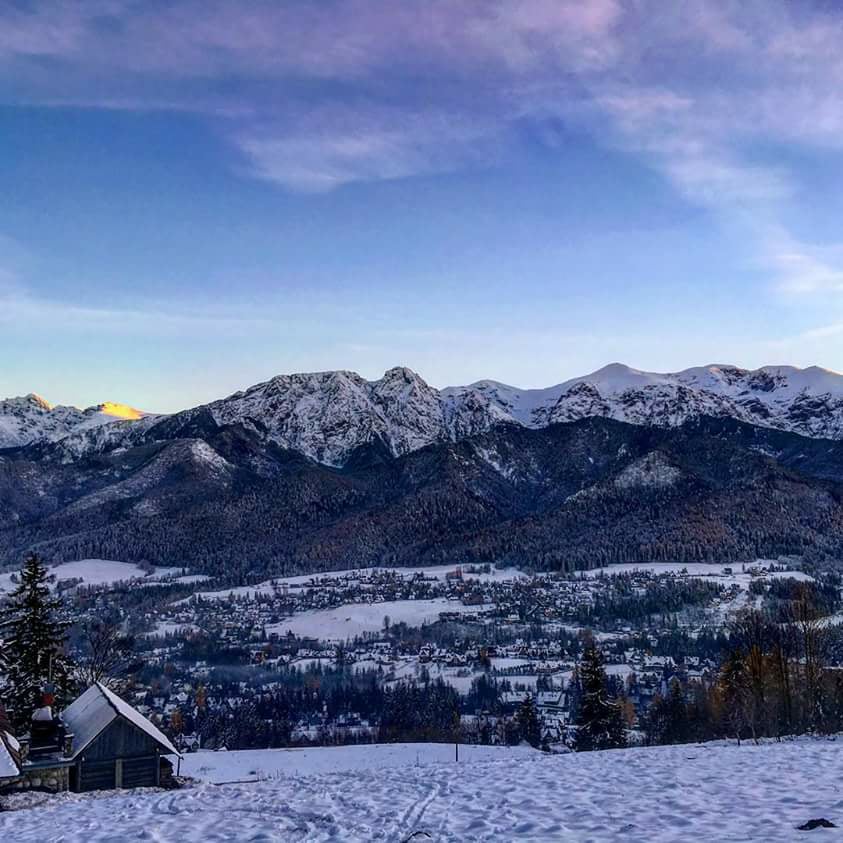
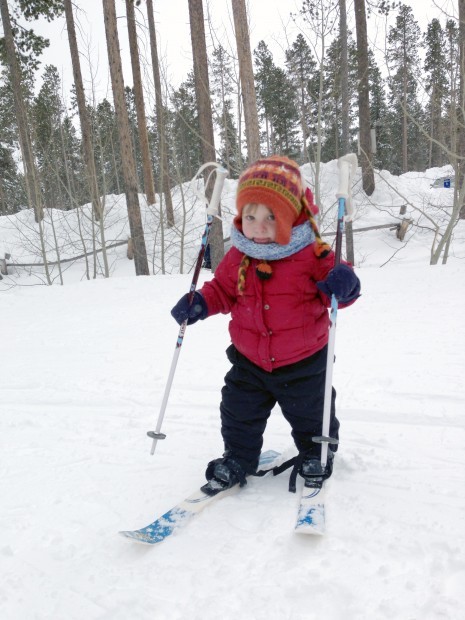
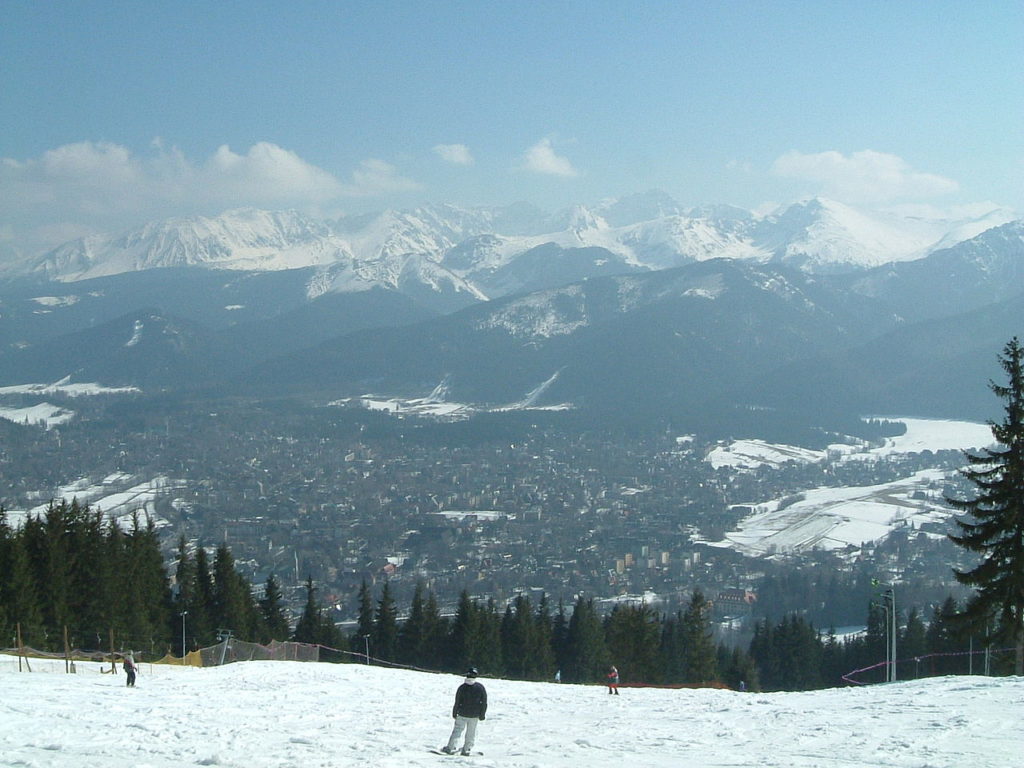
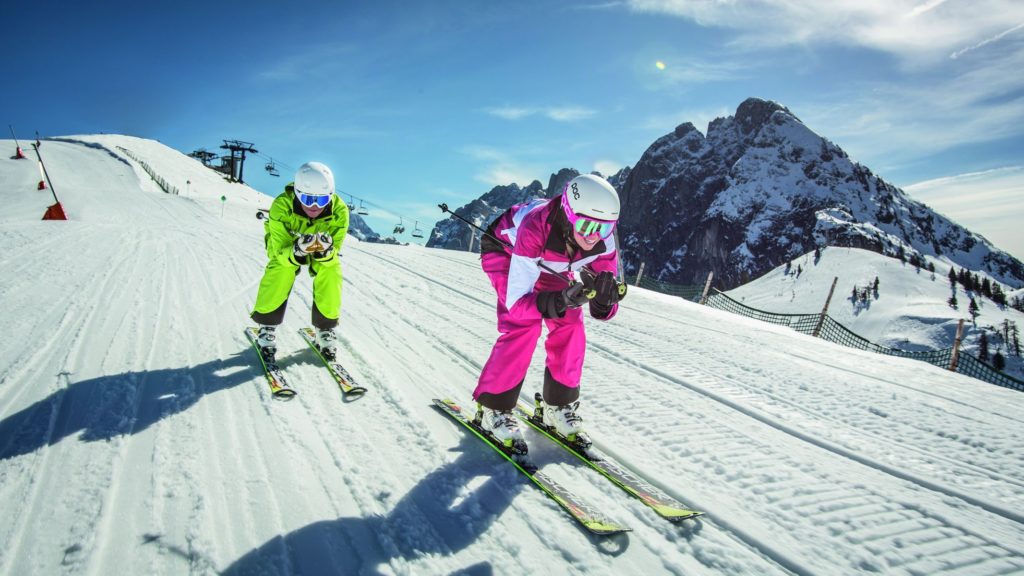
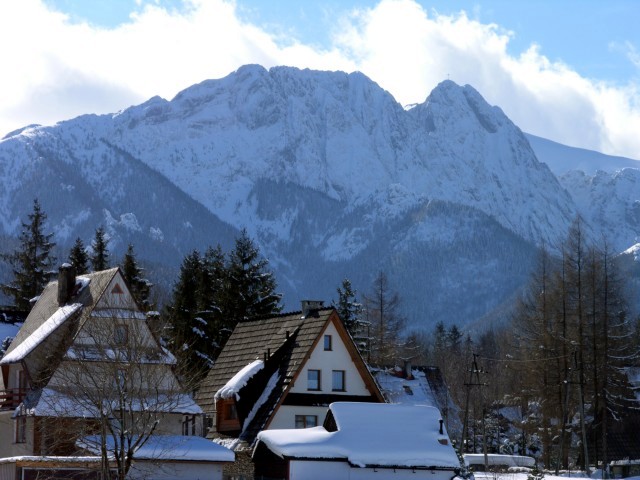
Zakopane is a magic place very important for me. I was born there, I spent my best, youngest years there. There have been staying my memories and childhood.

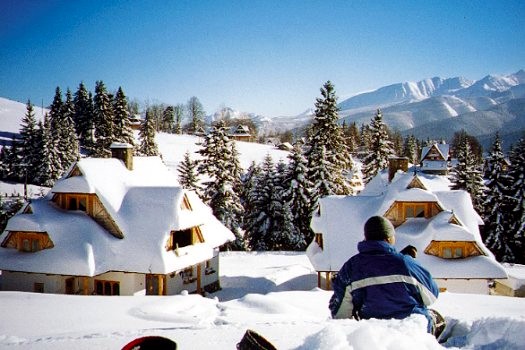
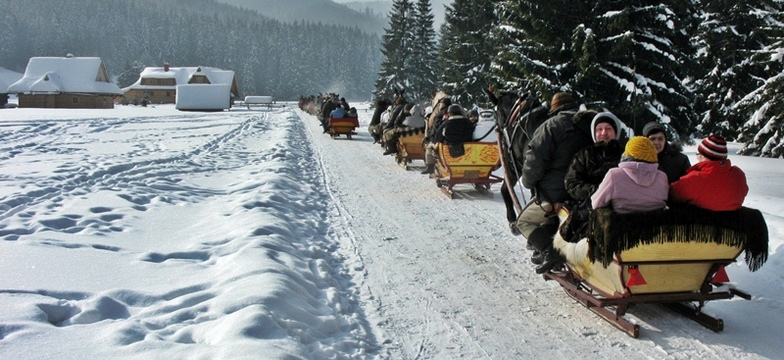
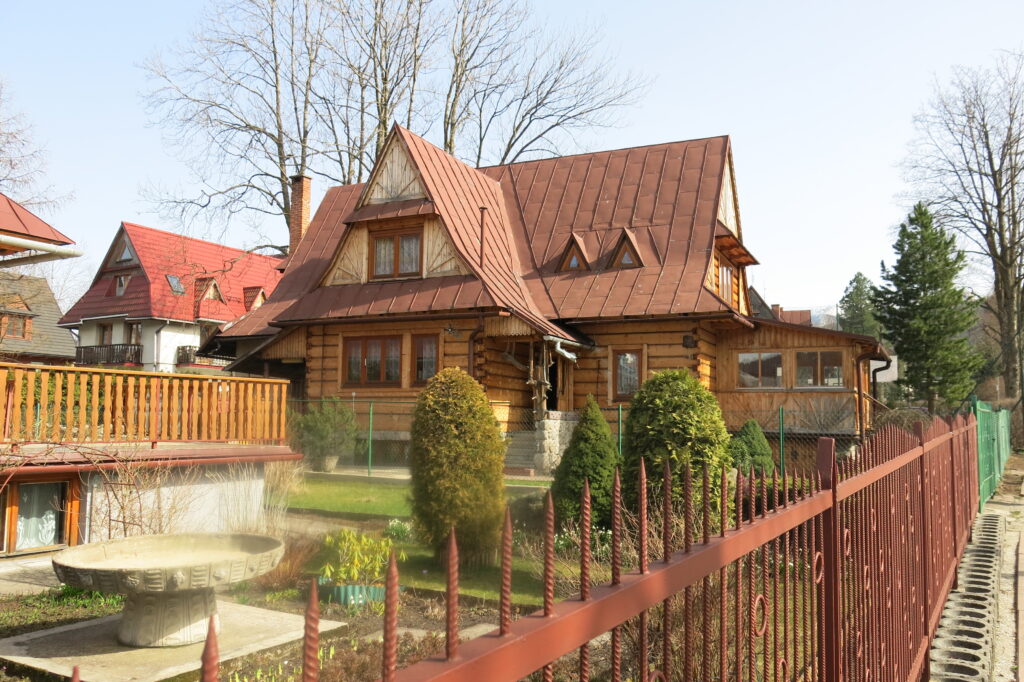
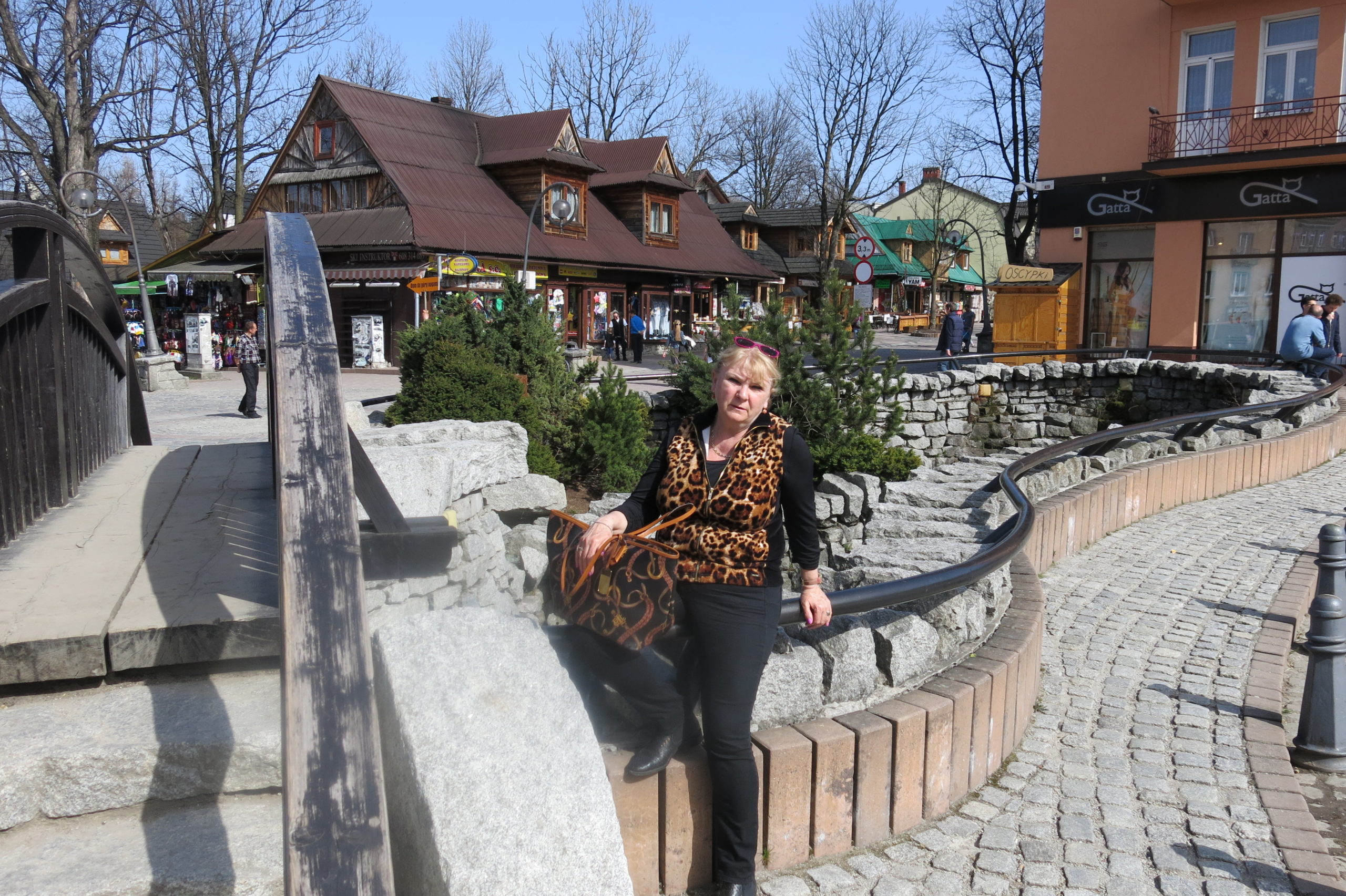
Great place, don’t miss to try local fruits such as red-berries or blueberries. Grilled polish sausage / Kielbasa / and smoked mountain cheese / Oscypek / are delicious.
Chicago’s Polish heritage
Chicago is home to a thriving Polish community that has been an integral part of our city’s culture for generations.
The Polish population here is one of the largest in the world outside of Poland, bringing proud Polish tradition, dining options, and history to every corner of Chicago.
Polish immigrants are one of the few immigrant groups who participated in large numbers in both the 1870- 1920 and post-1965 waves of immigration. The arrival of new immigrants has brought vitality and economic development to both city and suburban neighborhoods, and Polish immigrant workers play an important role in the regional economy. Polish immigrants were considered well-suited for manual labor, and were often recruited for work in coal mines and the steel industry. Because of that, the largest Polish American populations can still be found in states that were industrial centers in the 20th century, like Pennsylvania, New York, Illinois, Ohio and Michigan.

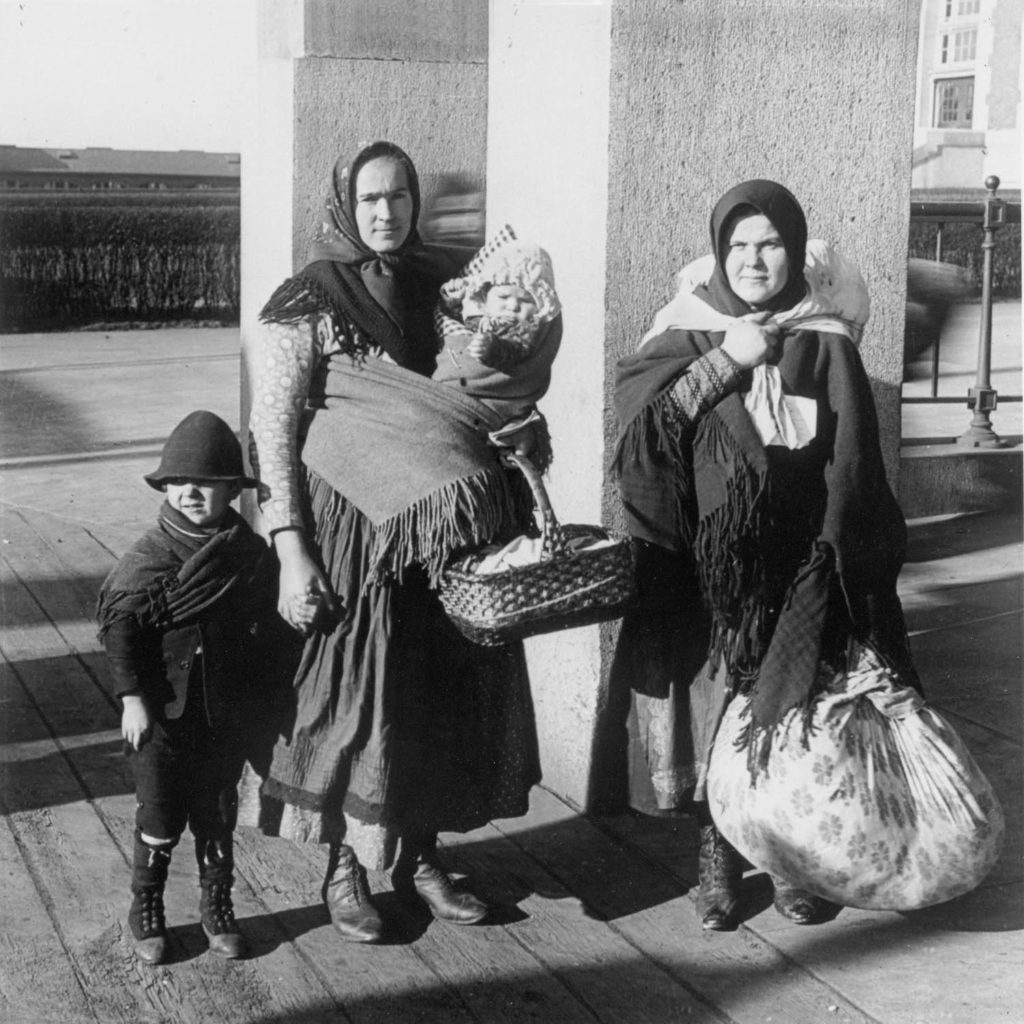
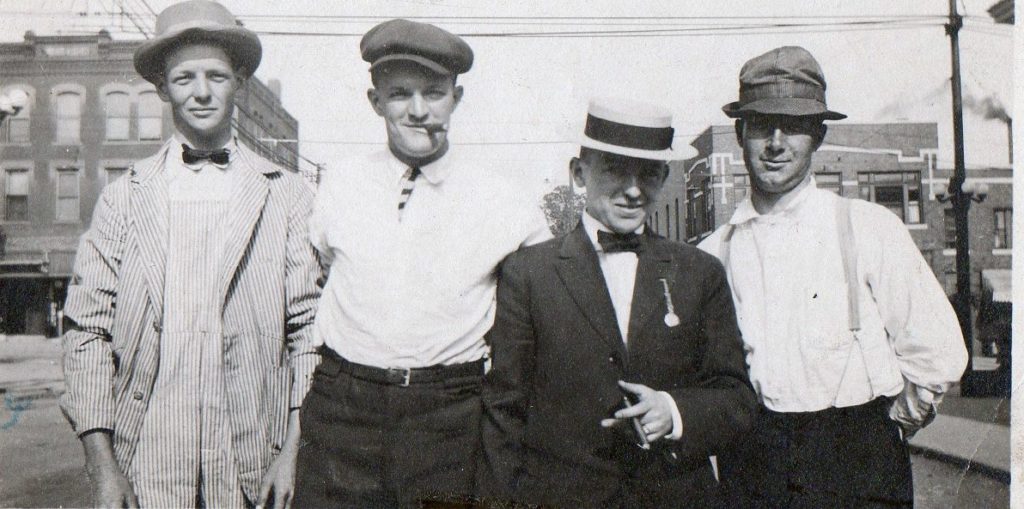
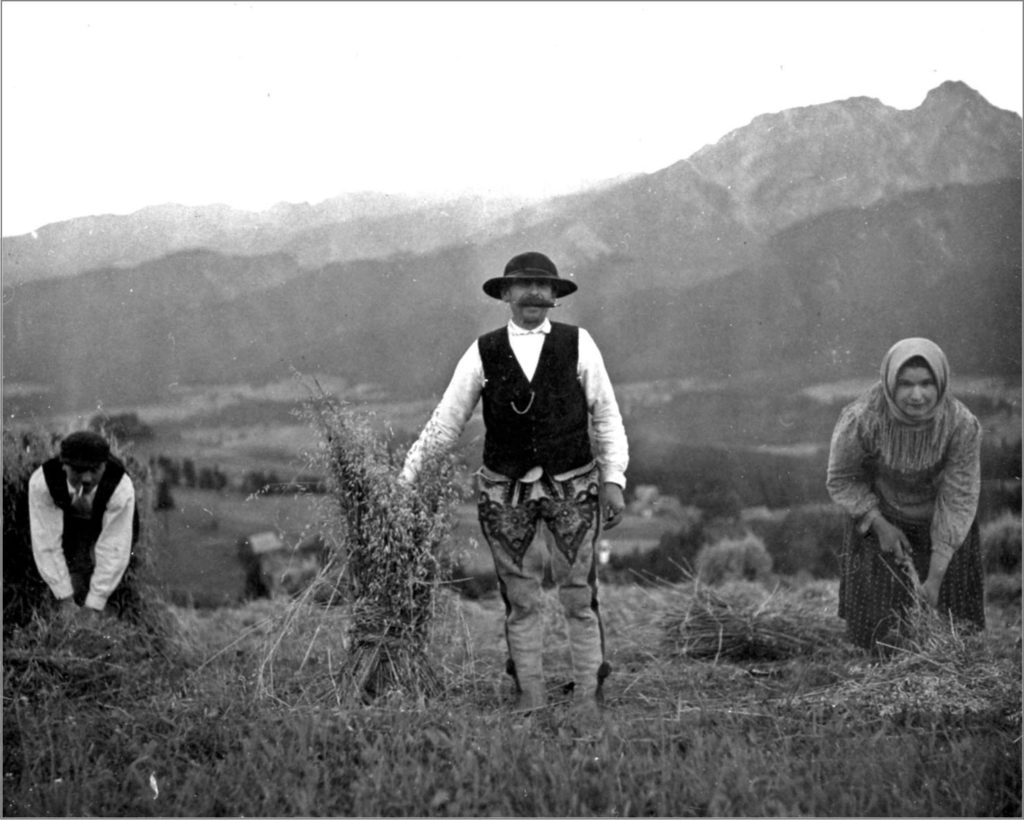
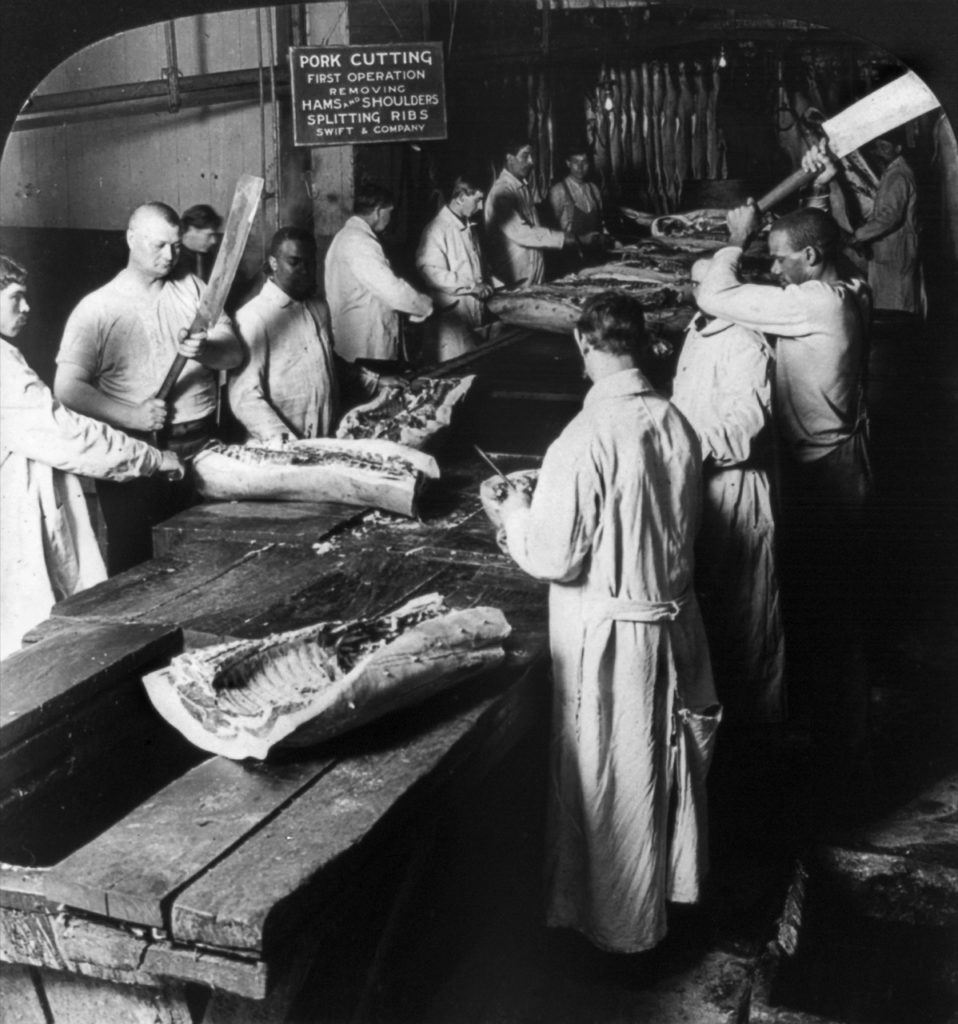
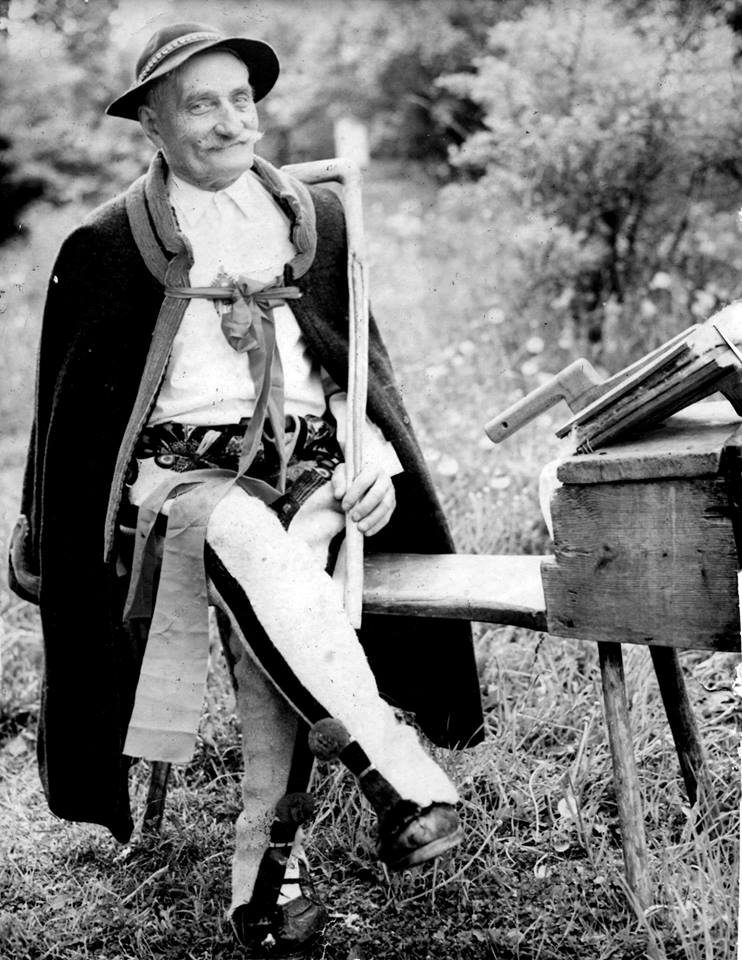
into these travelers’ paths. The first hassle was getting the papers and the passports, which were sometimes misplaced. Once
on the ship, the immigrants had to adapt to the stormy weather, seasickness, and living in close confines with other travelers.

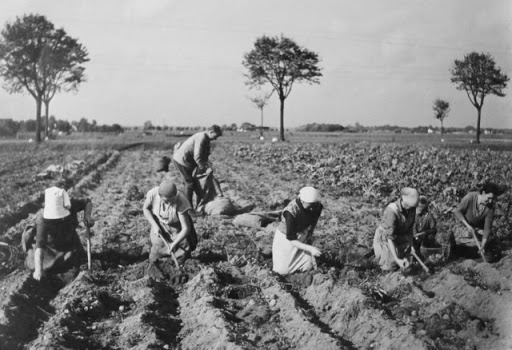
To America … In the early twentieth century, it was unusual for women to travel alone. If they did it was typically
because they were reuniting with husbands or fathers who had left before them.
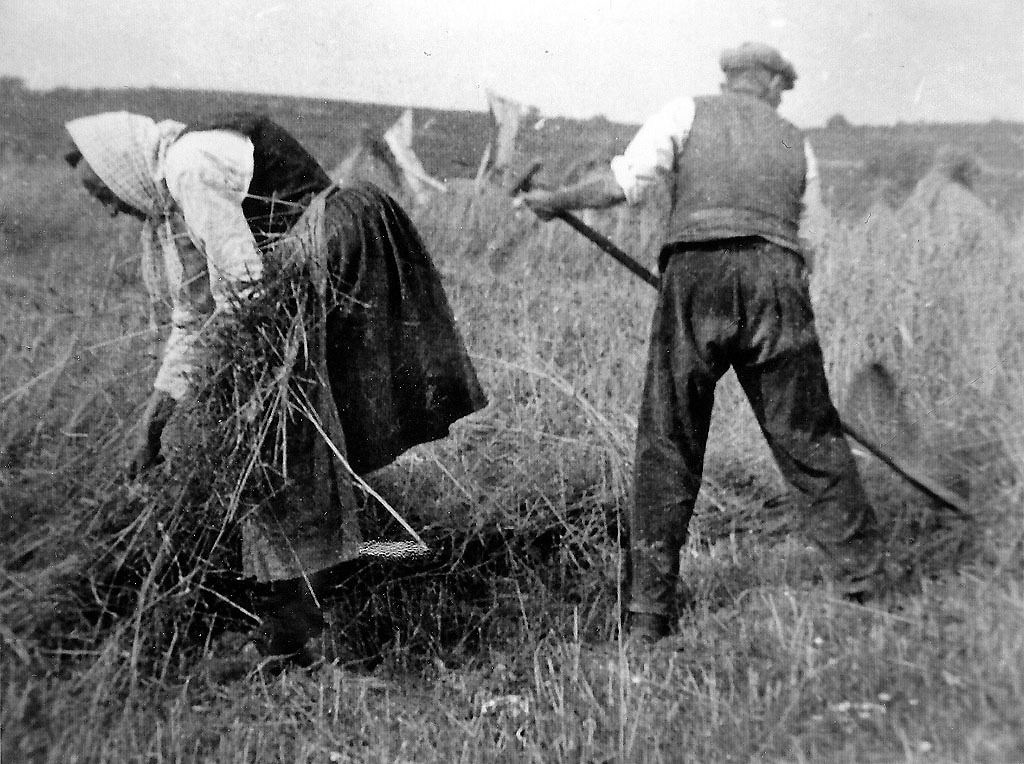
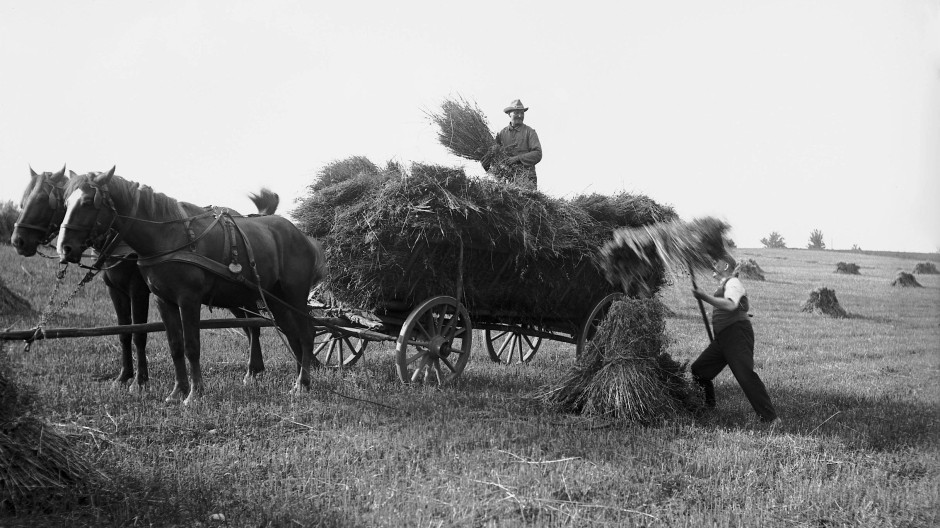
and villagers.”

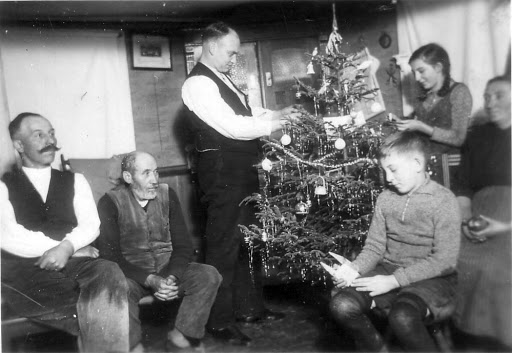
Polish persons in the Chicago area have been residing here for more than 100 years. Polish American Chicagoan’s helped build numerous neighborhoods in the city and surrounding suburbs. Today’s Polish population is found both in Chicago neighborhoods and in suburbs throughout the metropolitan region, in suburban Cook County and in the collar counties. The largest Polish American population can be found in Chicago, the largest Polish city outside of Poland.
One wonders if these Polish immigrants were uprooted, in a state of crisis, or transplanted, in a state of transition. The difference in terminology can best be described by plant behavior. A plant that is uprooted will likely die—it is in crisis—but a plant that is transplanted, struggles to adjust, but will likely survive.
Immigrants where uprooted or in a crisis state while trying to make the adjustment from being farmers in small communities in Europe to living in large overpopulated cities in the U.S. “Emigration took these people out of traditional, accustomed environments and replanted them in strange ground, among strangers, where strange manners prevailed.”
They tried to hold on to old customs while their families fell apart and all their customs were lost. The community, sticking together as a family and by having friends in America to help them, adjustment was easier and so they were really “transplanted.”

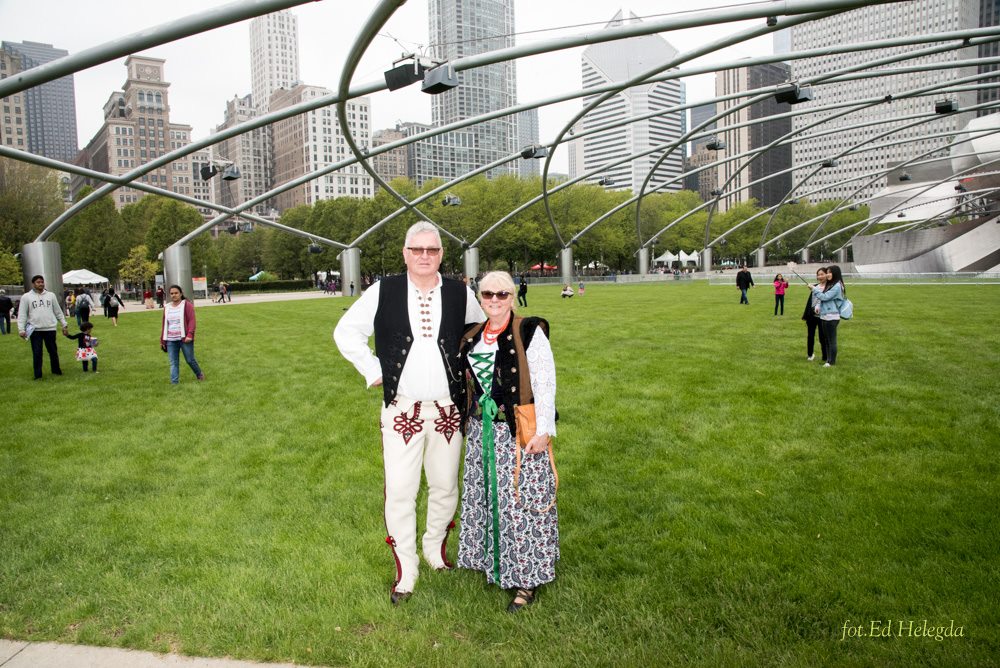



The third and largest wave lasted from the end of World War I to the end of the Cold War, again mostly made up of political refugees. After the collapse of the Soviet Union and emergence of the Third Polish Republic, a fourth wave of immigrants. 3rd wave of Polish immigration happens between 1918- 1989. Owing to the political oppression in Europe (World War II and communist regime) it comprised of dissidents and political refugees. The post-war generation of Polish immigrants had a higher proportion of intellectuals, scientists, journalists. Those immigrants were better off financially than those migrating for economic reasons. Today, there are an estimated 10 million Americans of Polish descent.
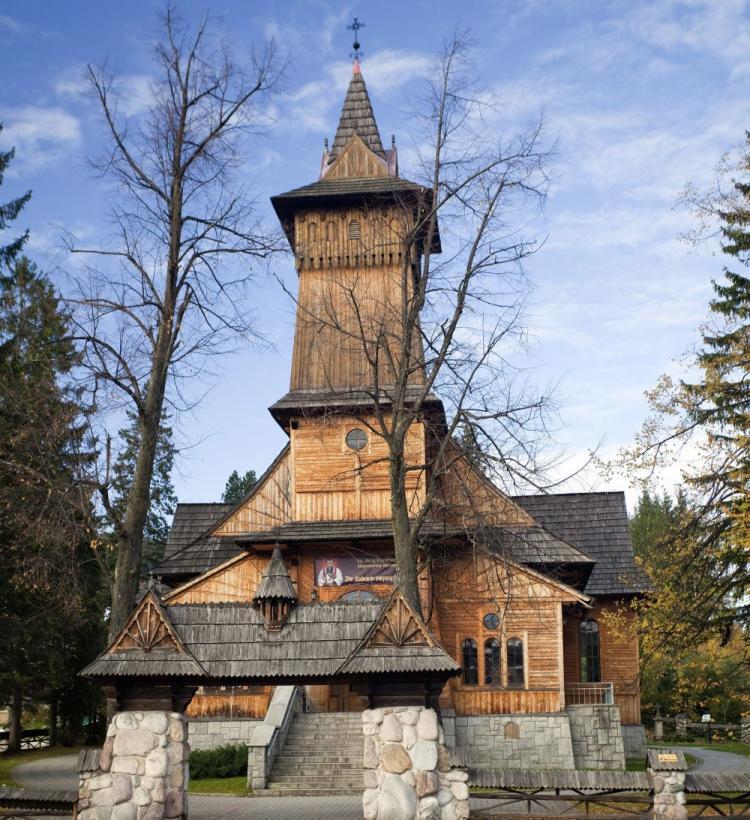
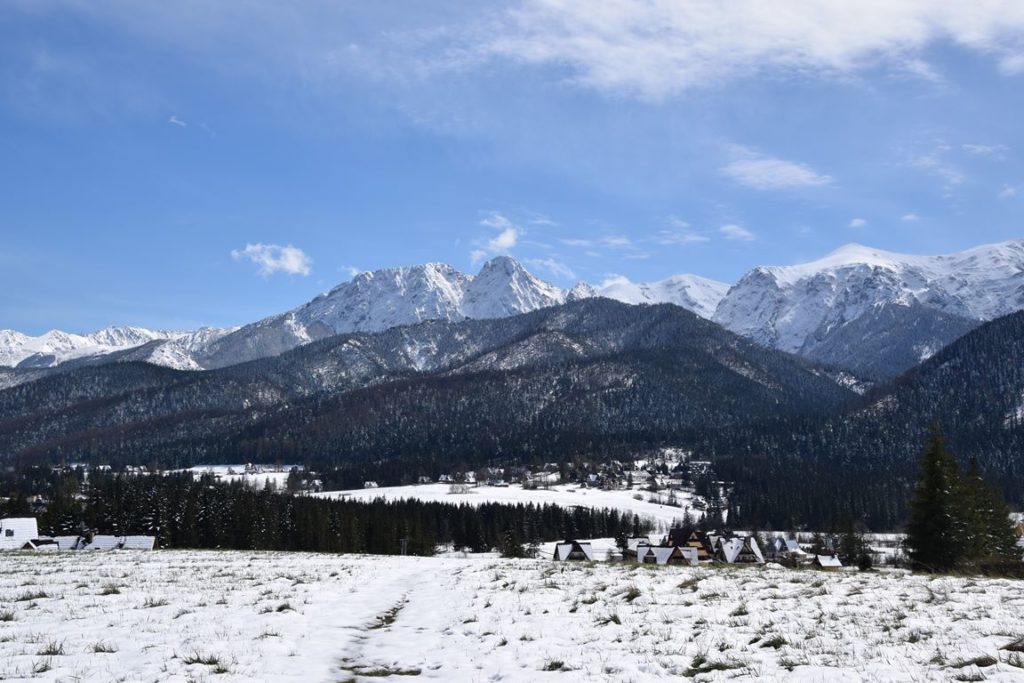


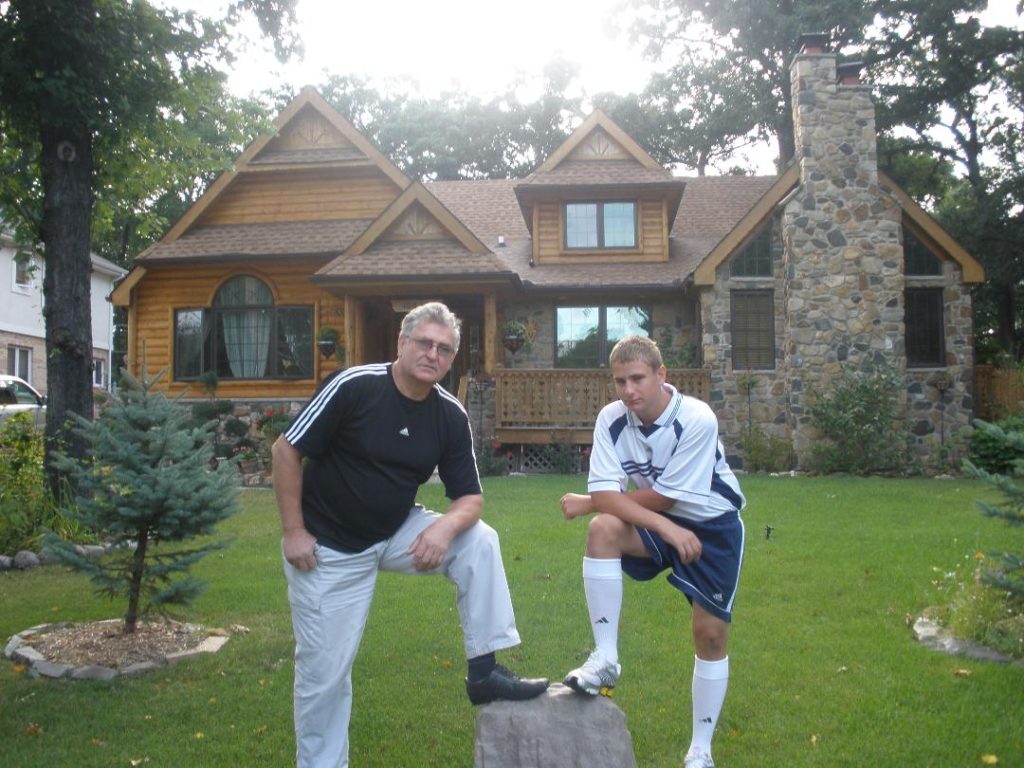


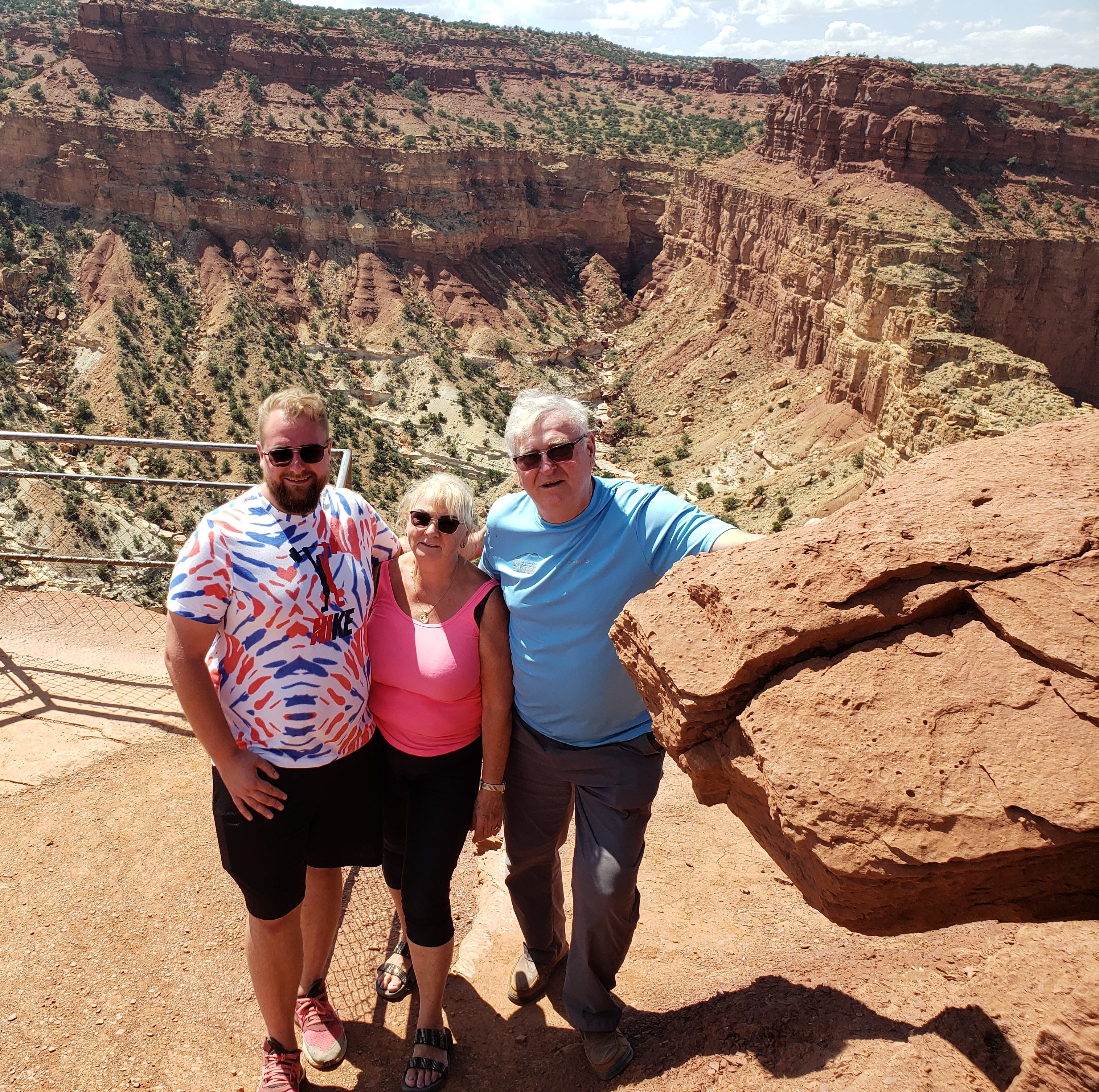
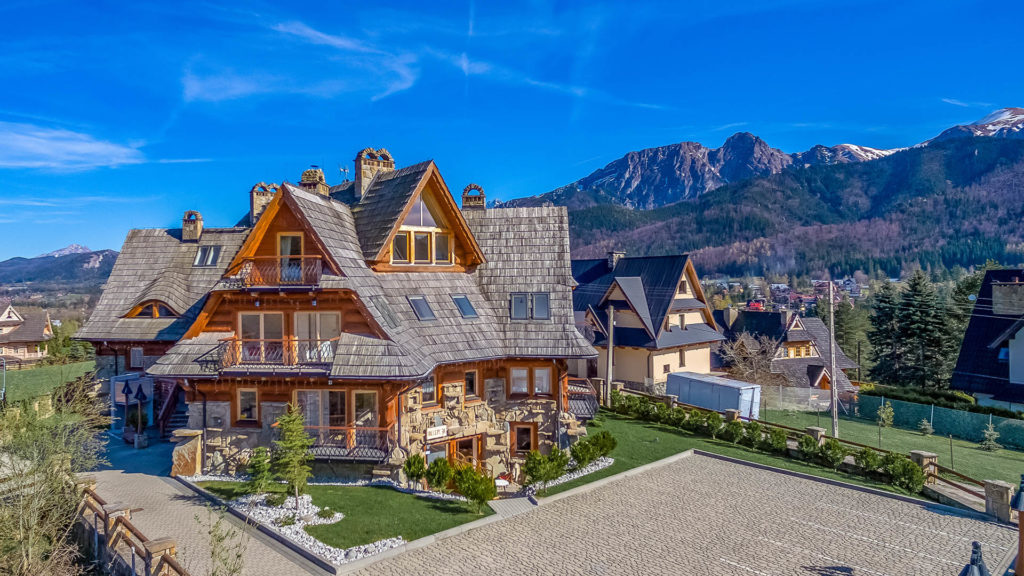
Many Chicagoan’s today see new Polish immigrants striving to give their children a better life and can’t help but be reminded of their own parents and grandparents, regardless of their ancestry. Polish immigrants have kept alive traditions such as observing traditional Polish holidays, keeping various traditional customs at Easter and Christmas and devotion to their church. Wigilia, the traditional Polish Christmas Eve dinner, begins when the first evening star appears. Twelve meatless courses (one for each of the apostles) are served after a white wafer called the oplatek, is broken and shared among the diners while they exchange good wishes. After supper, Christmas carols are sung in Polish, and the celebration culminates with family and friends going to Pasterka, the Midnight Mass.
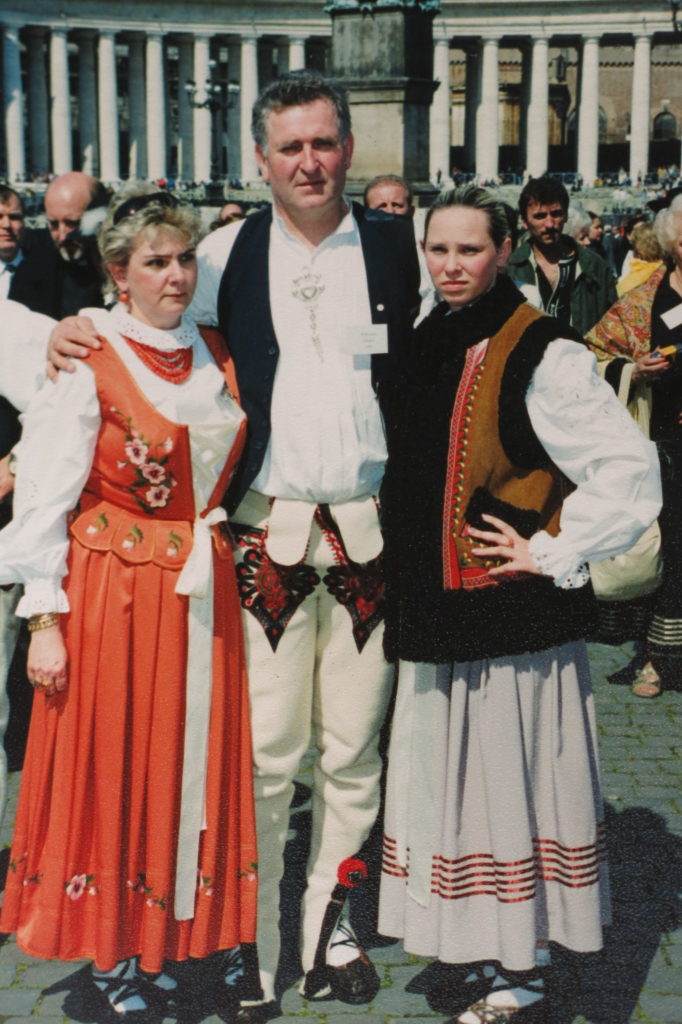
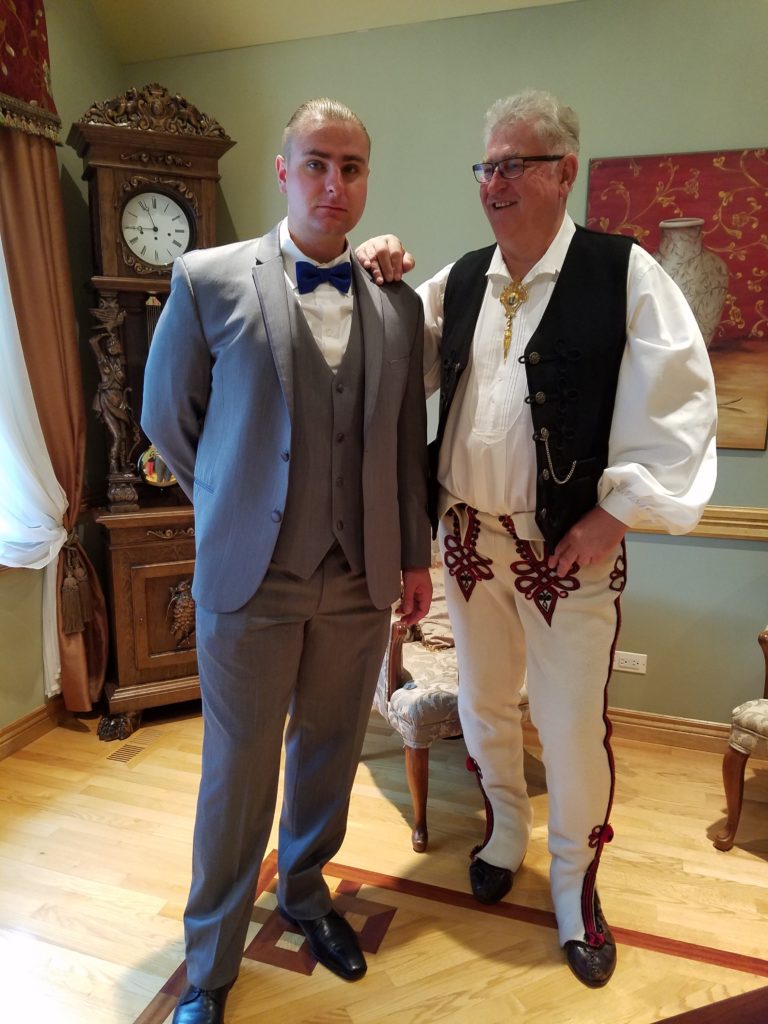

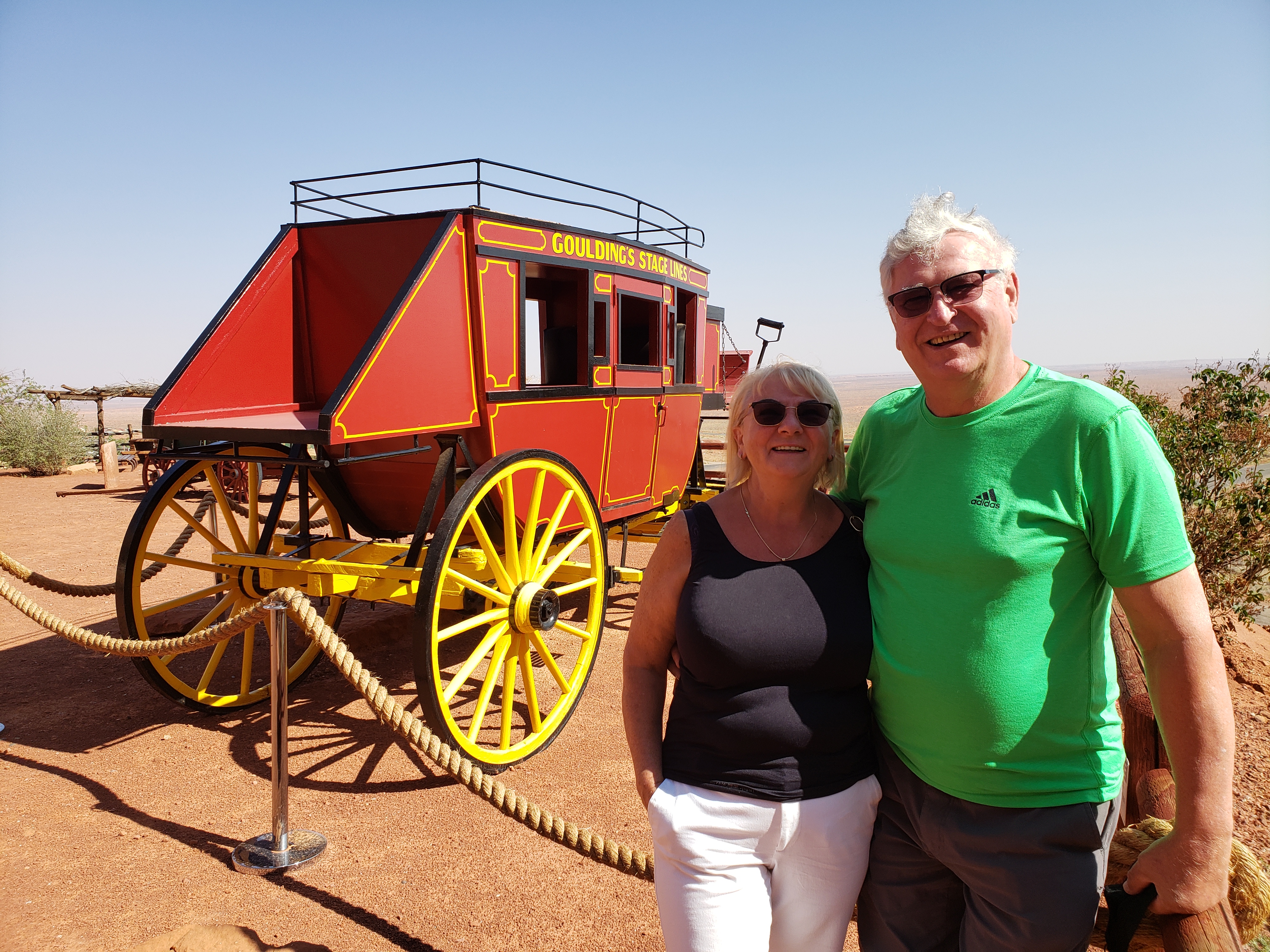
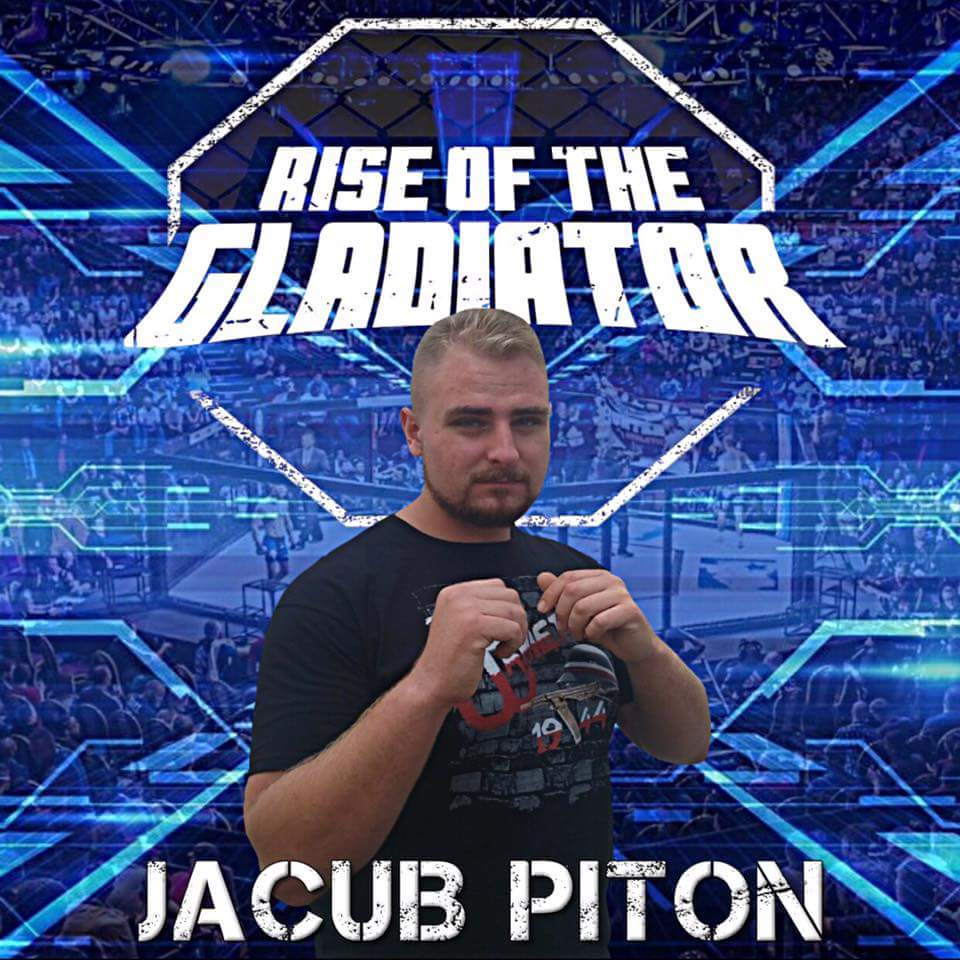
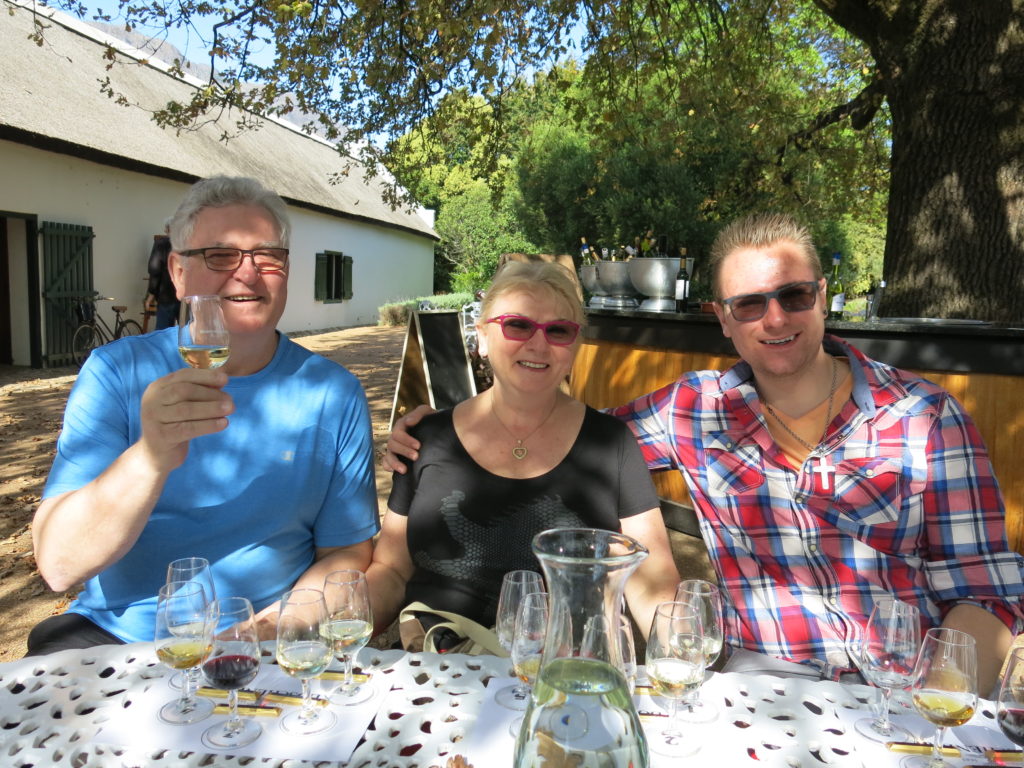
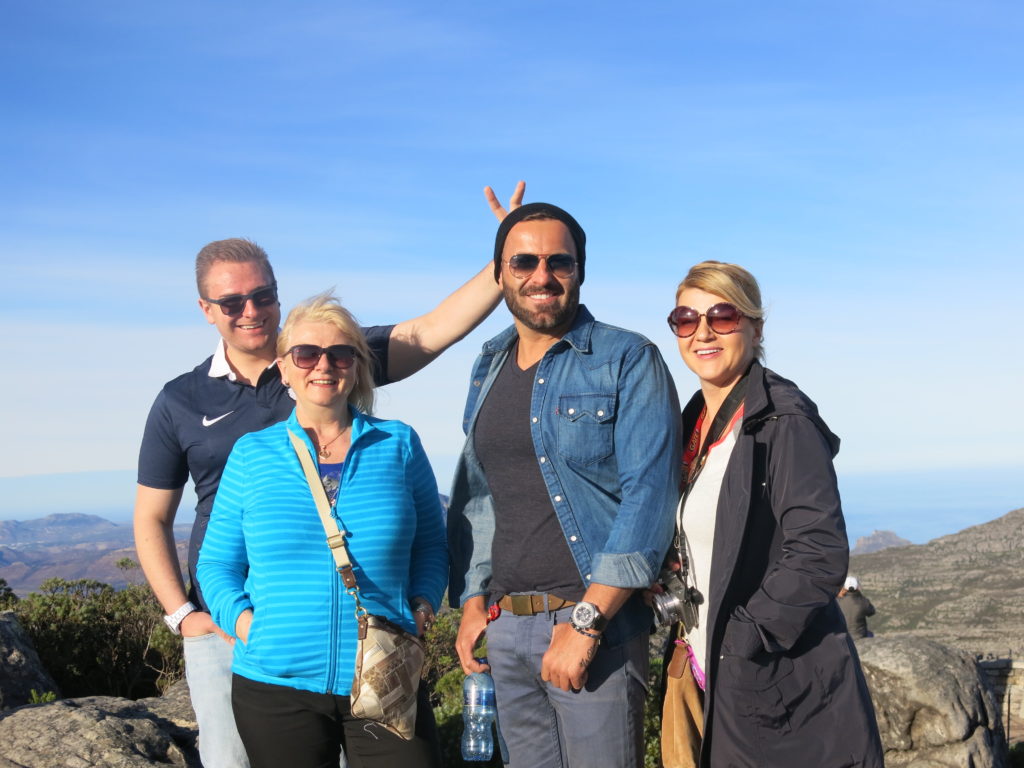
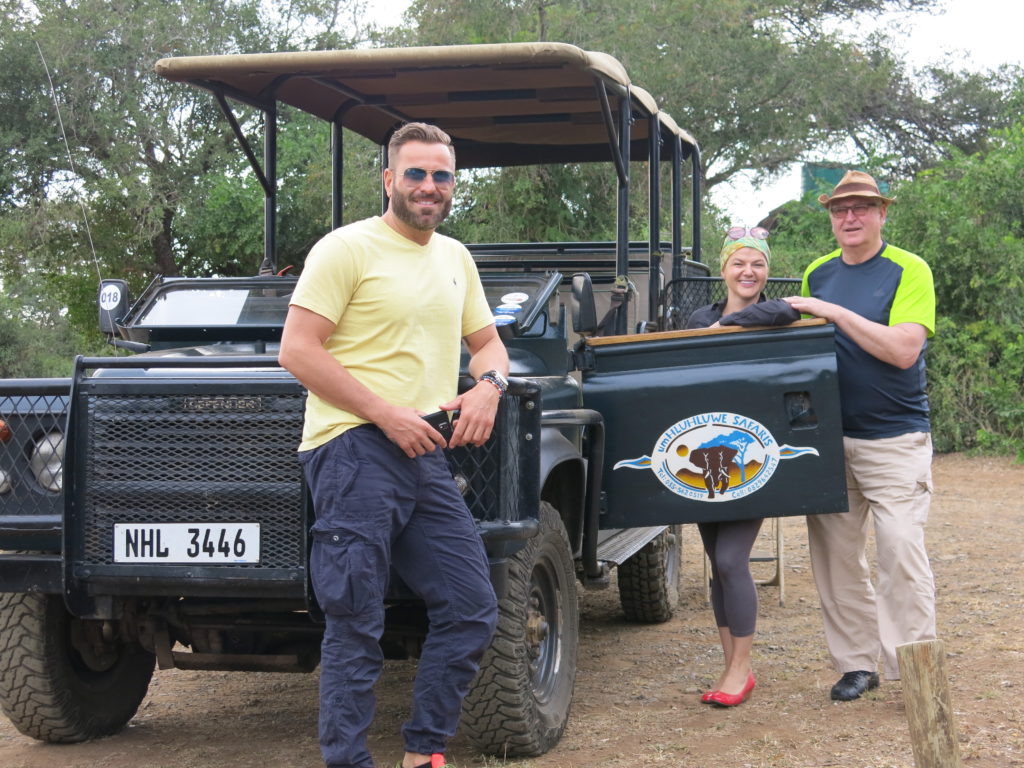
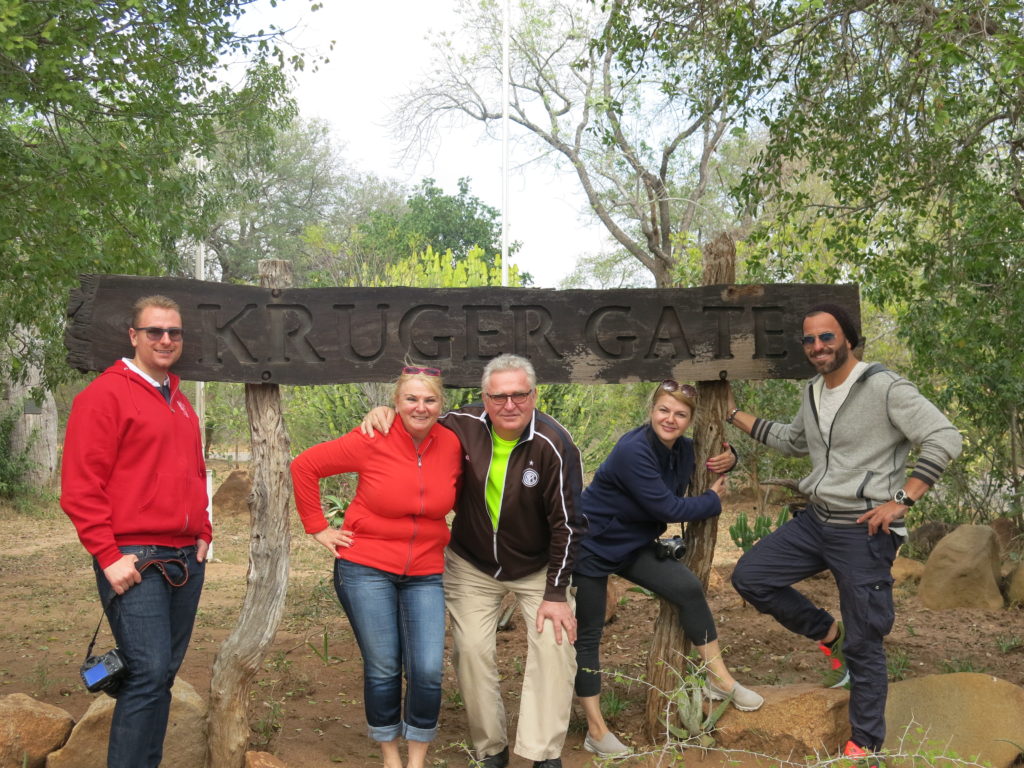
Kruger National Park
is a South African National Park and one of the largest game reserves in Africa

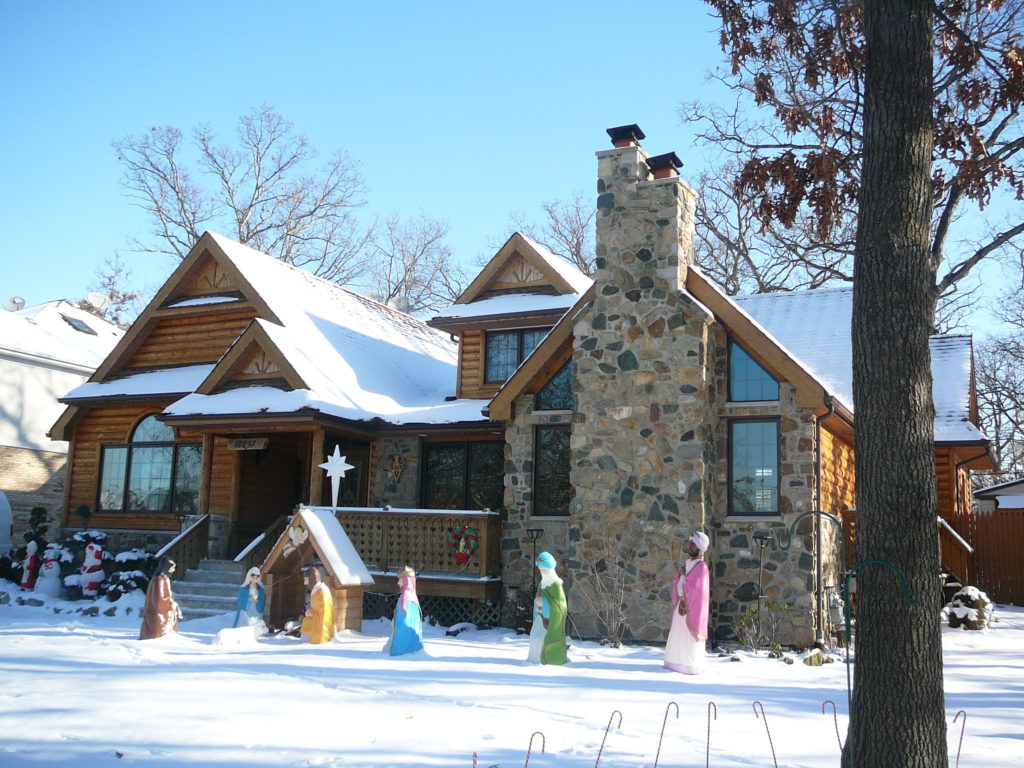
Polish Americans you might be familiar with include Kristen Bell, Maria Bello, Scarlett Johansson, John Krasinski, Mike Krzyzewski, Jerry Orbach, John Ratzenberger, Gore Verbinski, the Wachowski brothers, the Warner brothers, Pat Benatar, Dick Dale, Liberace, Richie Sambora, Jack White, Pat Sajak, Martha Stewart, Steve Wozniak, Richard Feynman, Gene Krupa and Mike Ditka.
While they may not be household names, other Polish Americans have done some pretty important things. Stephanie Kwolek developed Kevlar. Albert Abraham Michelson was the first American to receive the Nobel Prize in the sciences for his work on measuring the speed of light. Curtis Sliwa founded the Guardian Angels. Ruth Handler co-founded the Mattel toy company and created the Barbie doll. Leo Gerstenzang invented the Q-tip.
Skiing with your skis parallel at all times looks more flash and gives you more control and a tighter turning circle on steep slopes. It can feel quite unstable at first, so here are some ways of gradually bringing your skis together without losing control!
Going Parallel is easier if you get used to skiing with a smaller snow plough/V-shape first. Once you can comfortably do all the exercises in the section above, try making the V-shape of your snow plough a little smaller at the back – you will go a little faster but the following exercises will be easier.
